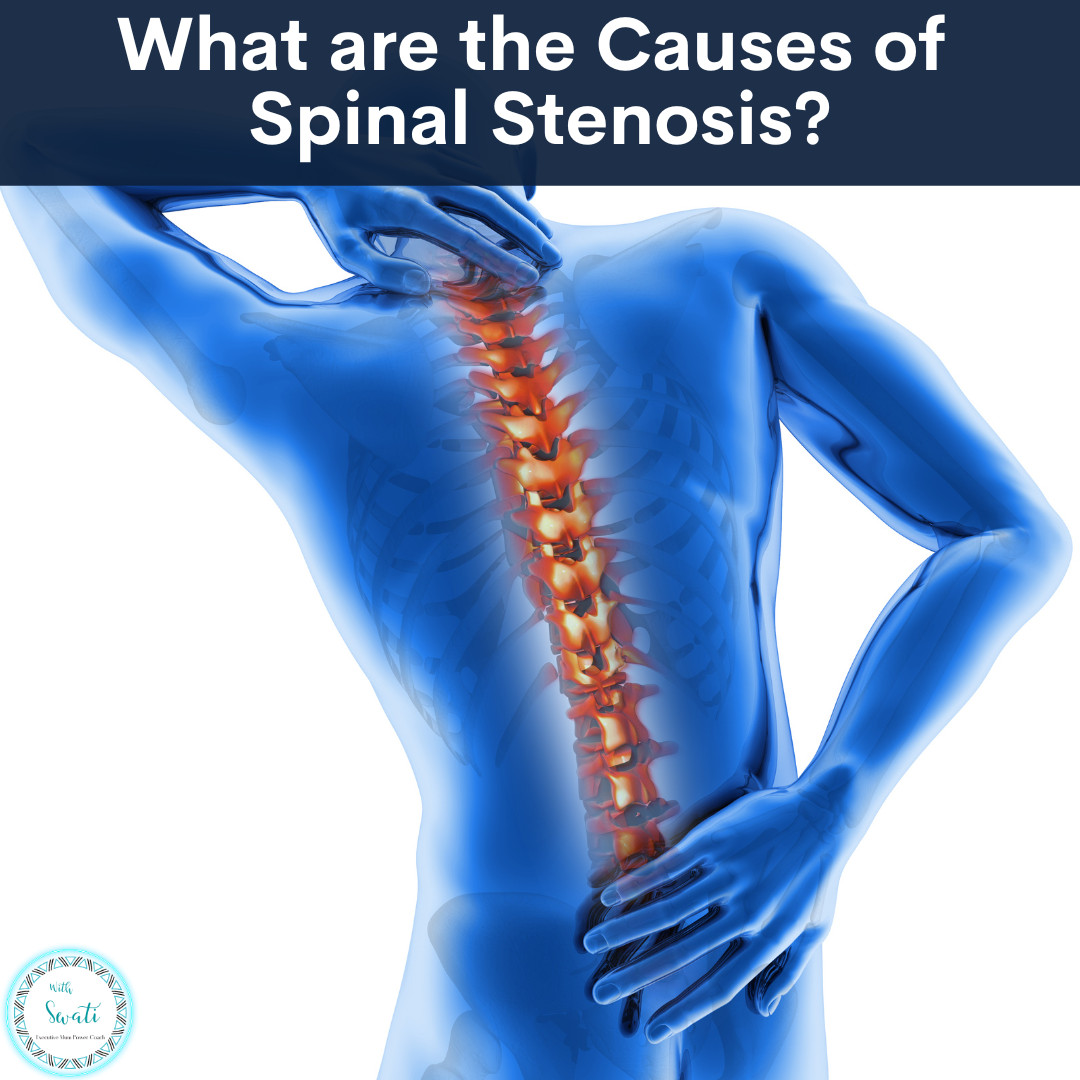
If you suffer from spinal (back/neck) pain due to spinal stenosis, understanding the cause of your stenosis is crucial to directing treatment for your back or neck pain. There are many different causes of spinal stenosis. Let's discuss more about the different causes of spinal stenosis in this blog.
There are two types of spinal stenosis - Central Canal Stenosis which is present in the spinal canal, through which your spinal cord is passing and Foraminal Stenosis, that occurs at the sides of the spine at the level of the facet joints. Watch this video for more details on these two types of stenosis:
With this understanding of spinal stenosis lets discuss different causes of spinal stenosis. One of the most common cause of spinal stenosis is osteophytes or bony spurs that occur due to spinal arthritis (spinal OA). These little bony fragments are the characteristic extra bone growth of arthritis that can cause narrowing in the spine, either centrally at the spinal cord or at the foramen on the sides of the spine.
Another common reason is degenerative disc disease, which refers to wear and tear or degeneration in the spine that occurs naturally with age. It may be it may vary from person to person. Here the disc gets dry and shrinks from its usual size, making the vertebras come closer which can lead to stenosis and thus irritation or compression of either the spinal cord or the nerves. The same happens when you have a herniated or bulging disc. The disc can protrude backwards into the spinal canal or sideways on the facet joint, leading to central or foraminal stenosis. This can also further lead to compression or irritation of the nerves in the area leading to nerve pain.
Spinal fracture bony fragment can get displaced in to the spinal canal giving rise to a central spinal stenosis. Same is true for foraminal stenosis if the bony fragments are impinging on the facet joint. There can be associated swelling in case of a spinal injury or fracture which can lead to nerve pain. In the cervical spine this will be seen as nerve pain anywhere from the shoulders down to your fingertips. In the lumbar spine nerve pain can be experienced from your buttocks or your bottom down to the tips of your toes. An example of this is sciatica when the sciatic nerve gets irritated due to spinal stenosis.
Facet joints arthropathy or arthritis can also lead to stenosis or narrowing of the facet joints, leading to foraminal stenosis. This can further impinge on the nerves passing through these facet joints and produce symptoms in the corresponding area.
If you want to learn more about easy ways to manage your back and spinal stenosis pain join my free community where we have done trainings on "Simple Solutions to Manage Your Back Pain"
If you like this blog and want to be notified about new blogs as soon as they are published, subscribe to my mailing list below.
I would love to see you around the internet! For other places you can explore more about me: https://withswati.com/page/link


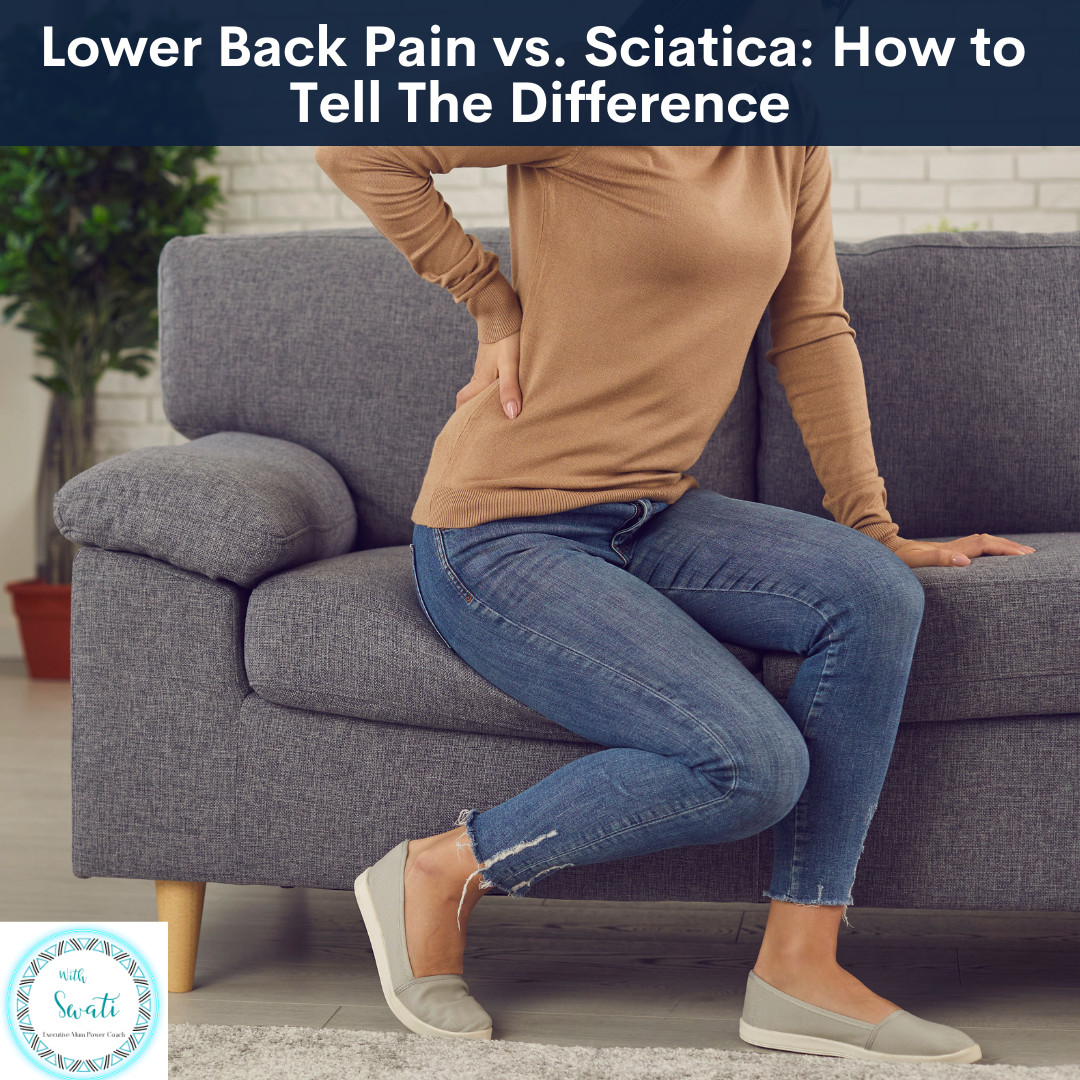

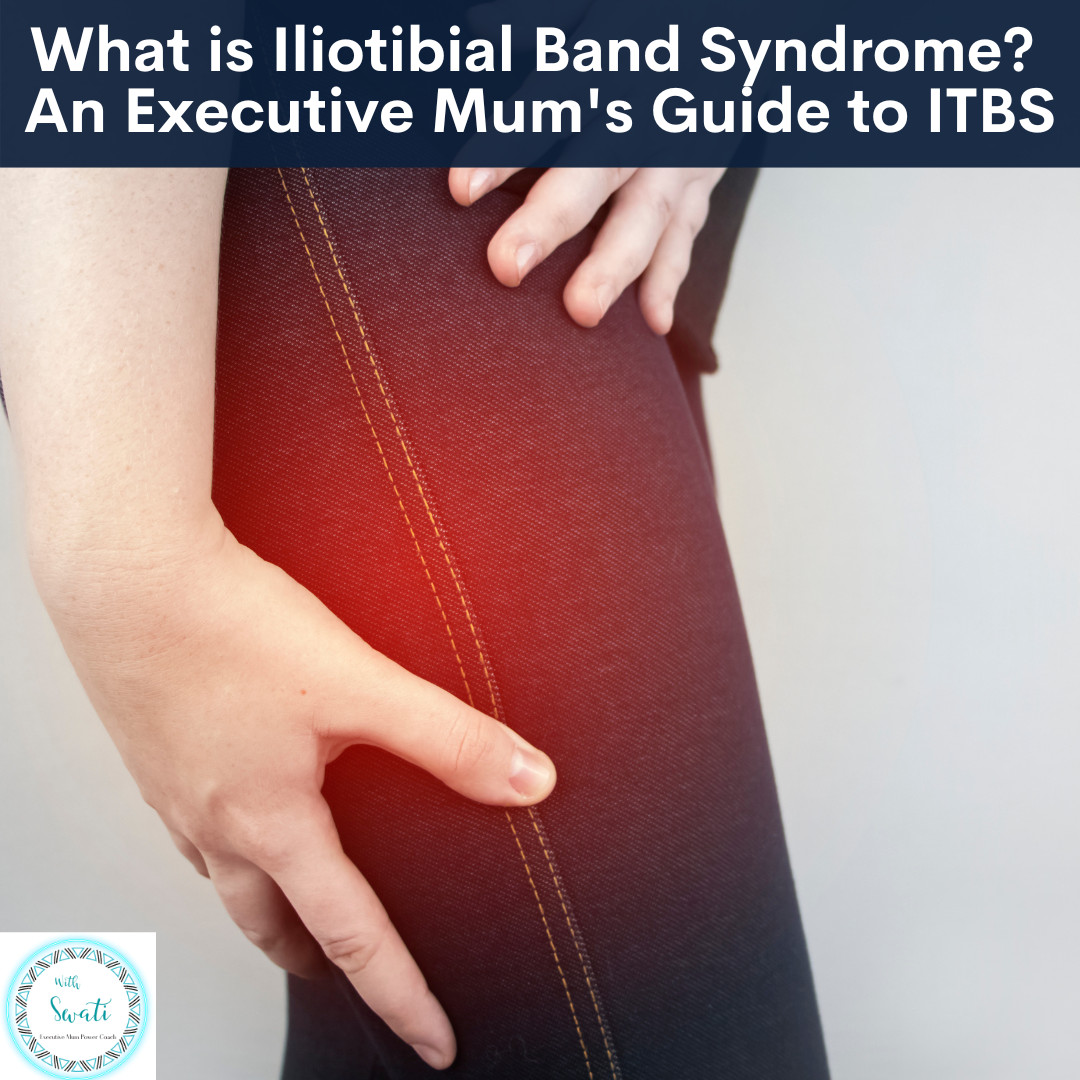





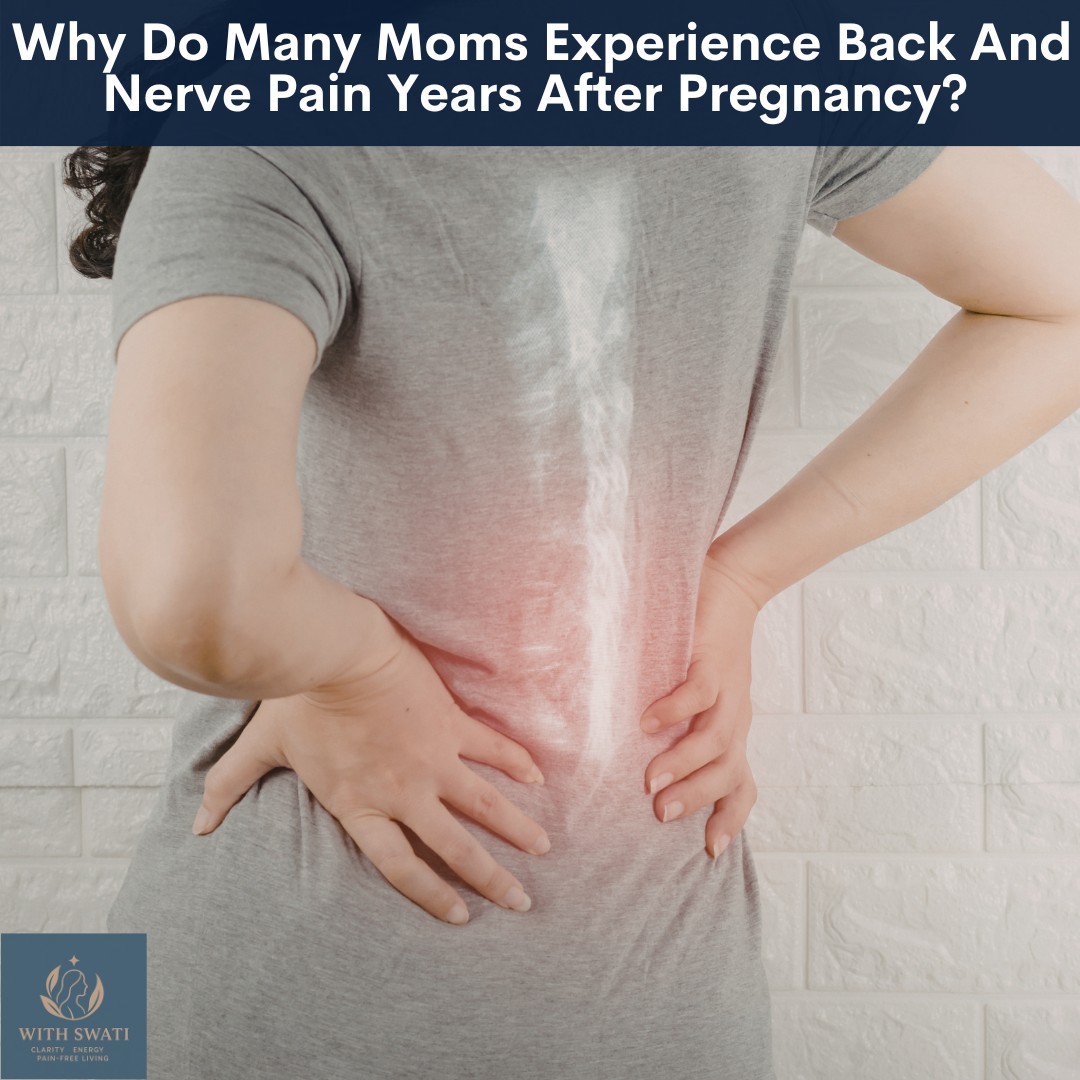
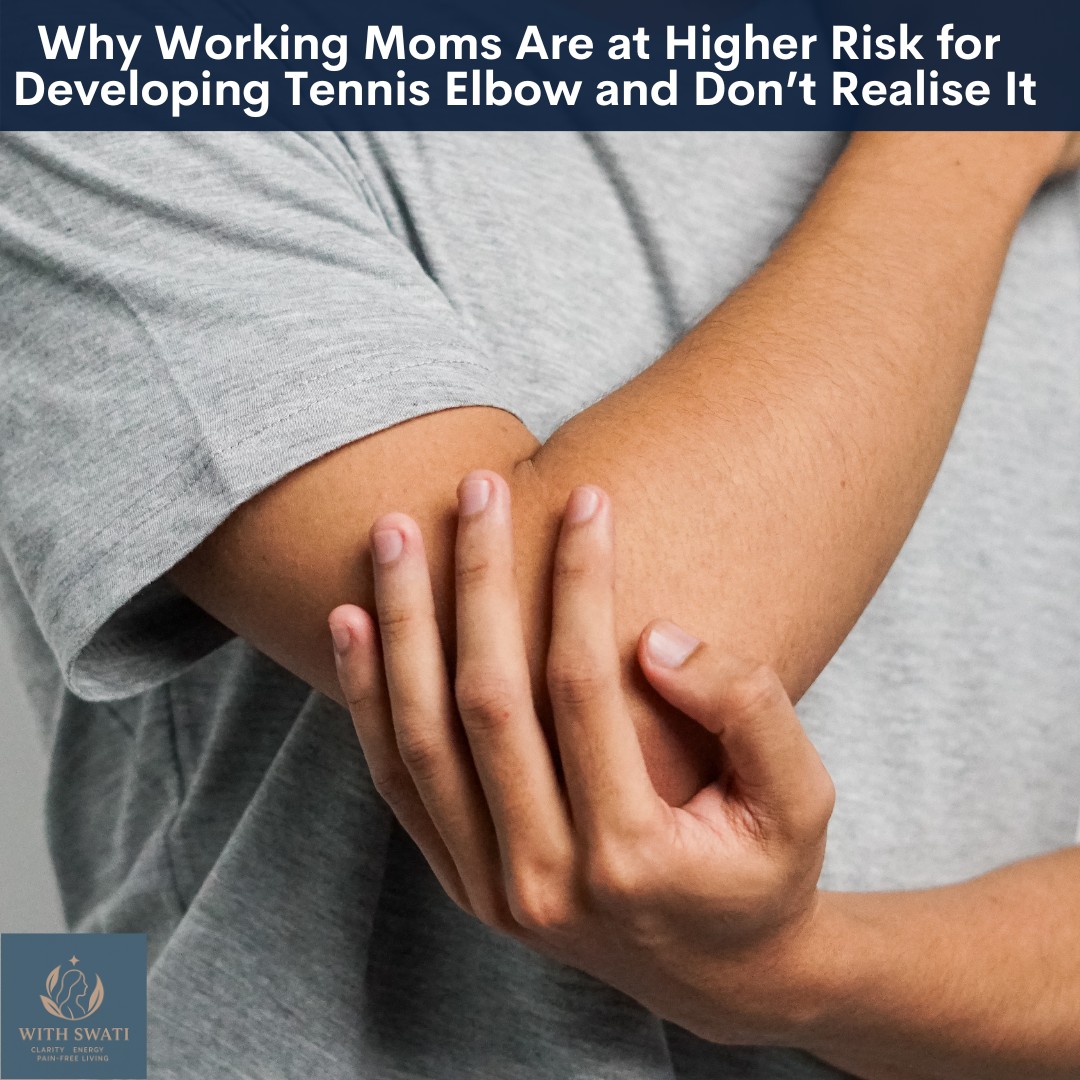

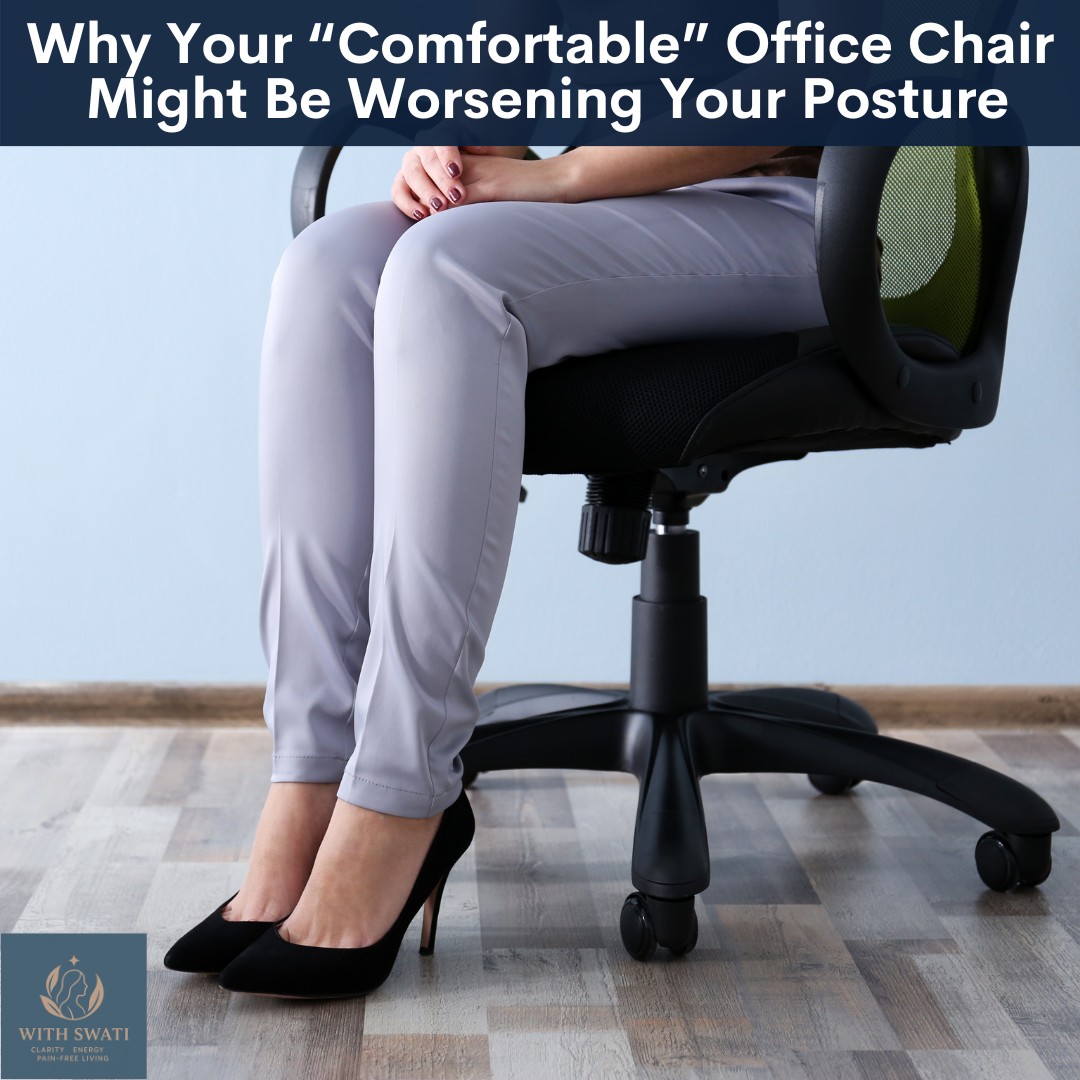


0 Comments